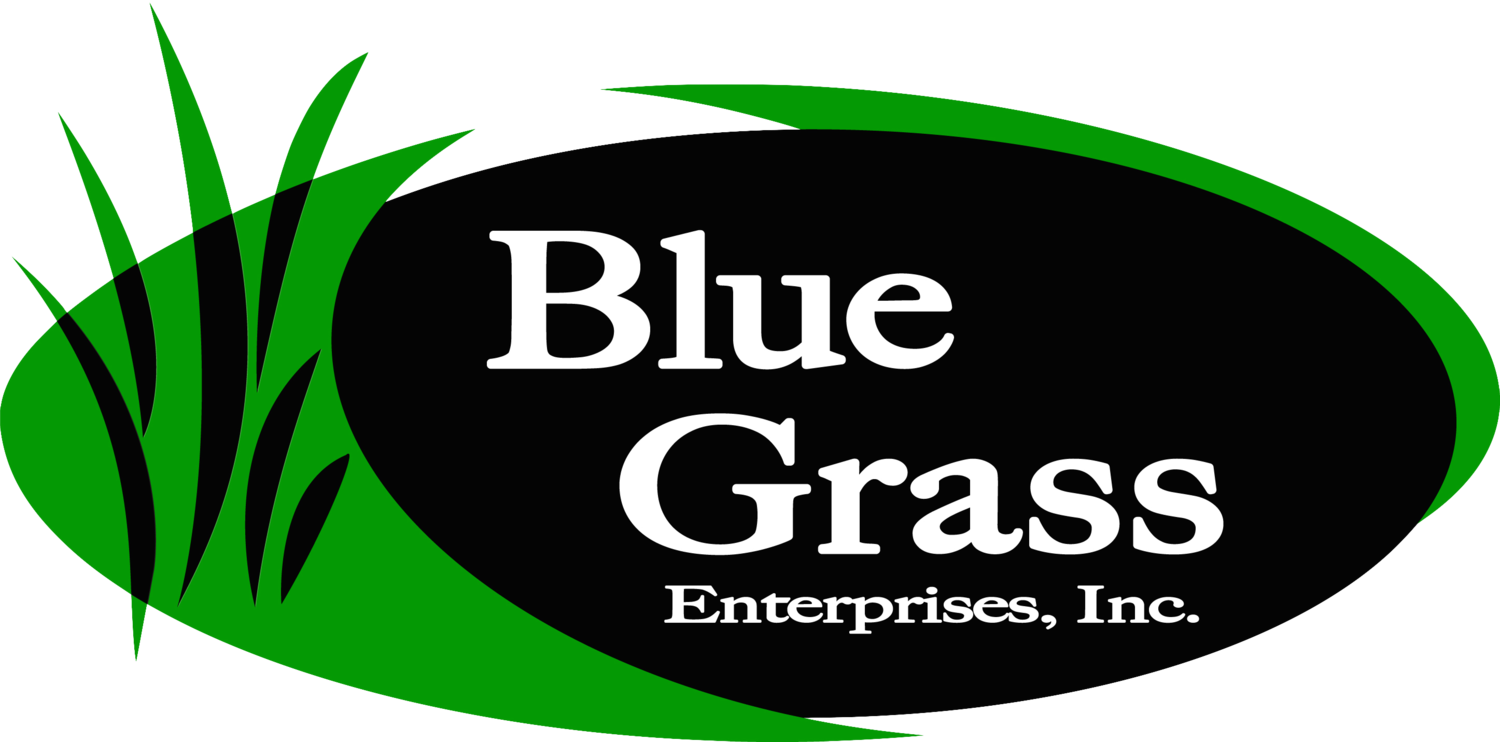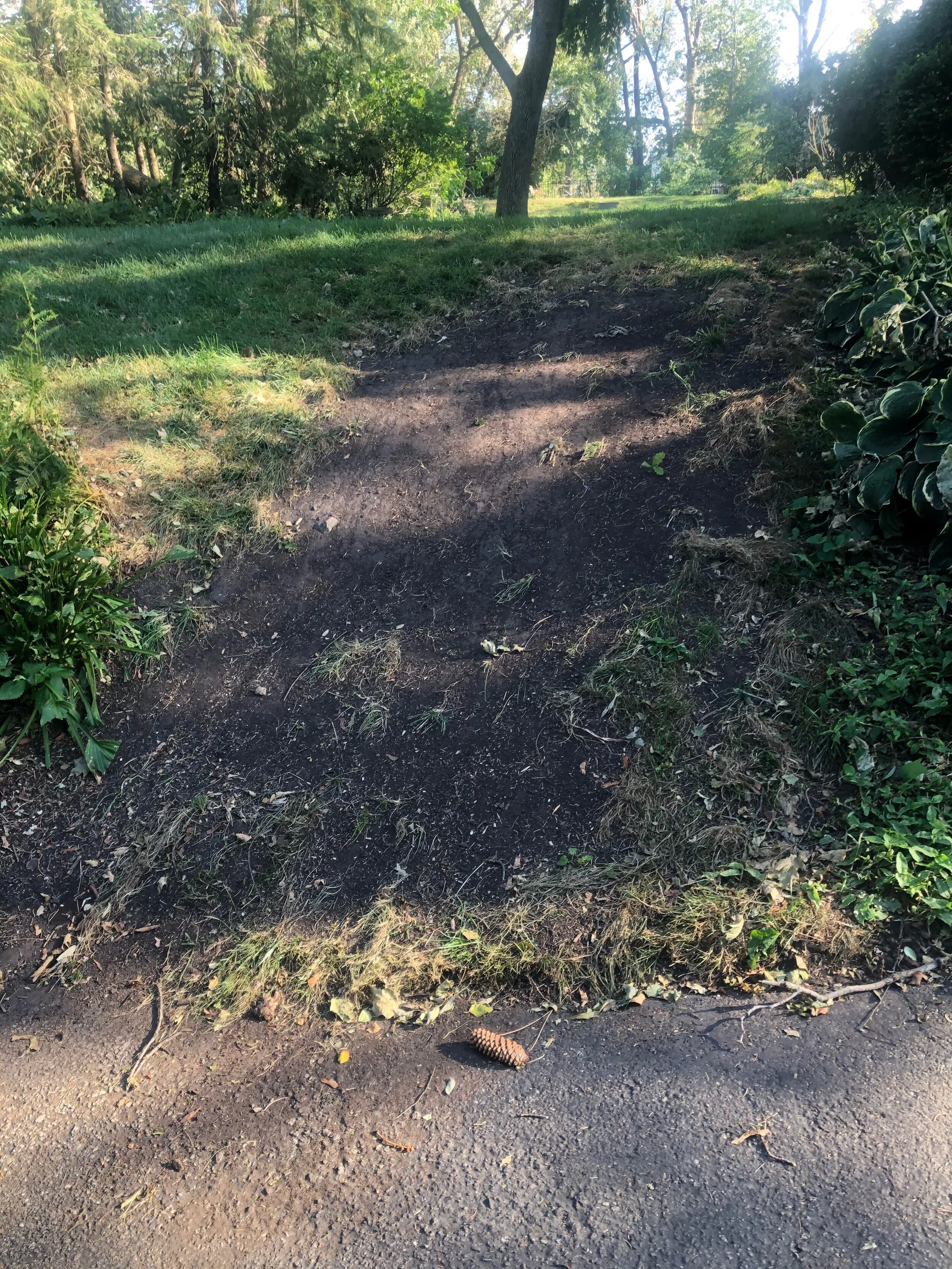Derecho Damage Is All Over Iowa… Including at our Farm
I’m not going to lie, this is a post I have been dreading writing. Not because it isn’t important and not because it isn’t a question that is already lighting up our phones, but because I’m already mentally done with that storm! Is anyone else with me on that? What a mess!(Here’s a picture of some of our mess right after the storm, just for reference!)
To pause for a quick personal note: we are extremely grateful that none of our crew was injured in the storm. We are also eternally grateful for supportive employees, families, friends, and customers during a time that has been hard on everyone! I’m a little biased, but Iowans are a breed all their own. The compassion, the kindness, and the willingness to just work hard is something that is hard to describe to people who have never seen it firsthand! Each one of you deserves a hug and a high-five right now. Iowa friends and neighbors, you are turning heads with your can-do spirit and your support of your fellow Iowans, keep up the good work - as always.
But you came here to read about how to repair damage to your lawn. So let’s get to it!
I don’t know about you, but I am a “game planner”. When I have lots of things on my plate, I like to have a game plan in place for the next steps I need to fix up one thing at a time while weighing options for what projects are farther down the repairs road. This helps me to feel like I am moving efficiently and cost-effectively through unknown territory, which is a comfort.
With that in mind, as I have been out and about, I have tried to make a point to photograph some of the more common types of damage I am seeing. Sure enough, the phone started ringing yesterday with folks who were starting to get “dug out” enough to think about their lawn and try to figure out what options might be best for them.
Here are my recommendations based on the most common types of damage I have been seeing around town.
Burn Marks: This photo is a good example of burn marks from shingle debris. I have also seen examples of this type of burning from metal debris and some wood debris that sat for long enough to smother the grass below. If the burn marks on your lawn look similar to these marks, they will come back with 13-13-13 and mowing. The brown blades will not magically turn green again, but new growth will come up from the ground and replace the dead blades.
You may need to reapply 13-13-13 a second time after three weeks if all of the damage has not been fully replaced. If the damage appears to be more from smothering, rather than a burn, you may want to consider removing the dead plant material and putting down some seed with the 13-13-13 to speed the repair process. Be sure to make sure the seed you purchase matches the rest of your lawn because it will NOT magically blend in years from now. If your lawn came from Blue Grass, we do sell seed here to match the sod. Give us a call and we will help you determine how much seed you will need.
Heavy Machinery Wheel/Track Marks: Your first move with this is to core aerate again and again and again. These areas are heavily compacted and unless you find a way to break up that ground, you will fight intolerance to drought and lawn diseases in this area for years to come. You should also apply 13-13-13 (to help promote lateral growth from the neighboring plants to encourage them to fill in) every three weeks. I would also recommend an application of gypsum in this area to help break up any clay bonds that are aiding in compaction as well. Gypsum can go down at the same time as the 13-13-13.
Because we are still in a good window of time to seed (through the middle of September), you might consider overseeding this area with seed that will match, or if you are an instant gratification person, rent a tiller, till up those tracks, and lay sod. You can install sod until the ground freezes solid (usually after Thanksgiving).
Minor Wear Marks (from debris and heavy foot traffic): from where people were dragging out debris such as tree limbs is VERY common on my street. The good news for this type of damage is that 13-13-13, gypsum, and core aerations will bring these areas back. There is no need for overseeding in a space that looks like this photo. Concentrate your efforts on relieving the compaction in the soil and feeding the plants well so they fill in on their own. You will likely have to aerate multiple times, such as this fall and again next spring, for the best results.
Severe Wear Marks: Areas that look like this image should be treated like an area you are prepping for sod or seed. Rototill or break up the ground to a depth of at least 4-6 inches to alleviate the compaction in the soil profiles. Rake the area smooth. Apply a starter fertilizer on the soil and then sod or seed. Remember that the ideal seeding time in Iowa ends in the middle of September, but you can sod until the ground freezes solid (usually after Thanksgiving). So you still have lots of time to get your lawn looking the way you want before the end of this season.
As always we will continue to be here to support you with our knowledge, advice, long-distance hand-holding, and products as we all recover from 2020. Rest assured that we will be here when you need us.
If you have additional photos of damage you would like personal feedback on, feel free to email info@bgsod.com for more personal feedback. I am happy to help!
Take care.






